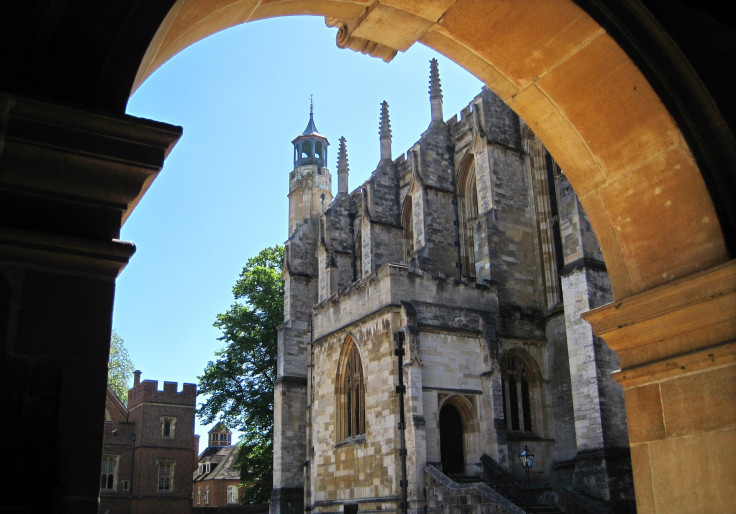Strange Archaeological Site Near Historic Eton College Is Medieval Grave

Students at the prestigious and historic British boys’ boarding school Eton College may have unknowingly been worshiping a medieval grave and using it as a community gathering place. Archaeologists have announced that a 20-foot mound near the school, which had been a centerpiece of one of their annual ceremonies, is really a Saxon burial monument, likely holding the body of an important person as well as related artifacts.
The University of Reading reported that the circular mound in Slough, England, was thought to be what was left of a motte, raised ground on which people would build a fortified castle. But the Montem Mound, which is more than 100 feet across, was really built about 1,500 years ago, around the same time as other more well-known burial mounds where local leaders or people of high status were laid to rest. Still, such monuments are rare today.
Read: Medieval Village Mutilated Bodies Because They Feared the Undead
It appears the history of the Montem Mound was forgotten long ago, even as early as when Eton College, whose alumni includes royals like Princes William and Harry, was founded in the 1500s. The university noted that once a year from that time and until the late 1700s — and then every three years through 1847 — the school held a popular ceremony during which the boys wore “fancy or military dress.” There was “a procession to the mound … and the collection and giving of ‘salt’ and money from visitors and passersby.” In this context, “salt” refers to money that was sometimes given in exchange for the actual mineral. The ceremony became so large that sometimes royals attended.
The archaeologists’ work is part of a larger effort to study and better understand these kinds of mounds around the country, including when they originated and what they were used for.
“This research project seeks to uncover prehistoric mounds that were adapted for medieval defense or have been misidentified as later mottes — a previously unrecognized phenomenon that could rewrite our understanding of both the Neolithic and Norman periods,” according to the Round Mounds project’s website.

Researchers have identified 20 mounds across England that they are investigating.
In the case of Montem Mound, it dates to the early Saxon period and Round Mounds called it “part of the story of the earliest development of the social and political structures still in place in England to this day.”
Based on plant remains from inside the mound, it was built between the 5th and 7th centuries, shortly after the Roman Empire collapsed. The experts say it can tell them a lot about the area’s history.
“This is a time of heroic myth and legend where archaeology fills the gaps of the historic record,” archaeologist and project leader Jim Leary said in the University of Reading statement. “This discovery will add so much more to our understanding of the people who lived in Britain at this time. It will also extend our knowledge of the history of Slough.”
Read: The Black Death Plague of the Middle Ages Actually Helped the Environment
According to the Round Mounds project, that last part is important. The town Slough, in the English county Berkshire, is right between Reading and London and is close to the more well-known Maidenhead and Windsor. Although the town was the setting of the British TV series “The Office” and is a transport hub, the project said in a blog post that Slough is an underestimated place.
Montem Mound, which is in a busy area of town, “is a prime example of how a fascinating story can be hidden beneath an underwhelming exterior,” Round Mounds said. It can “give us a fascinating glimpse into the traditions of a society in the midst of major political and cultural change: after the decline of Roman Britain, on the cusp of the re-adoption of Christianity and the development of new political structures which would, in time, lead to the formation of powerful kingdoms, and, ultimately, the emergence of a unified England.”
© Copyright IBTimes 2024. All rights reserved.





















